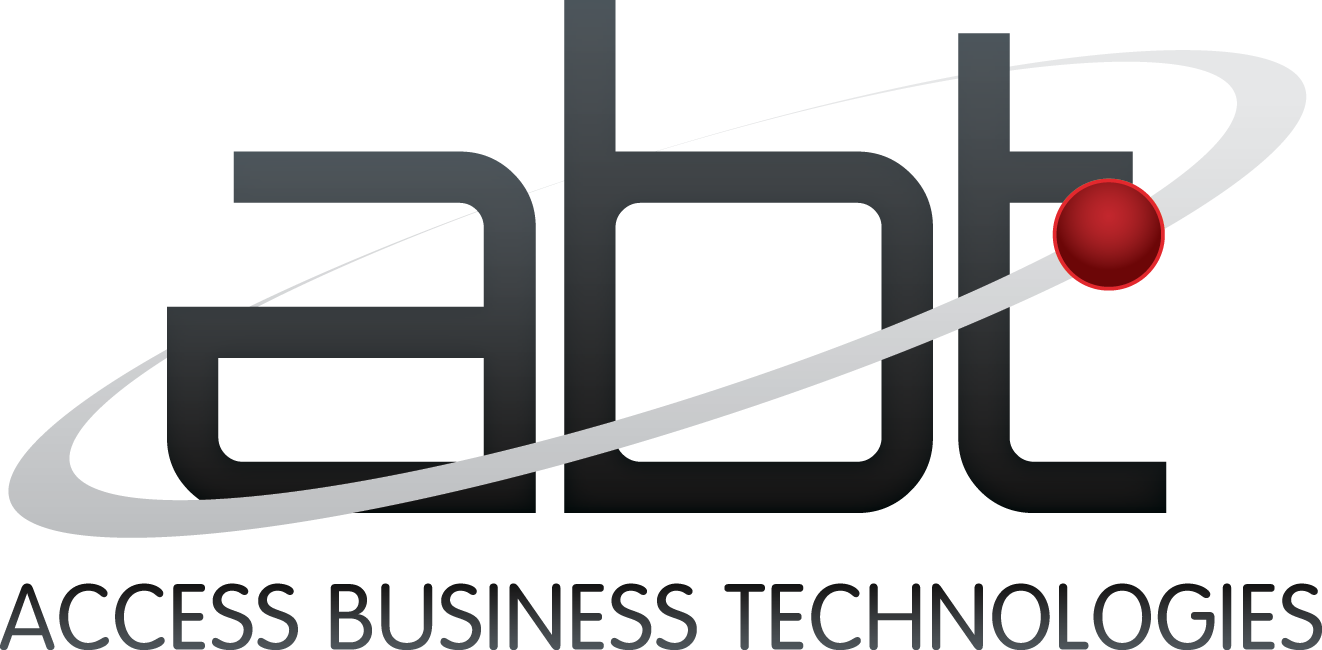 Business data is available at your fingertips, but is it protected?
Business data is available at your fingertips, but is it protected?
If your mortgage company isn’t talking about advanced data governance, you’ve missed the memo.
Mortgage companies around the world are facing 2018 with a regulatory backlash as a result of data breaches in the US and Europe.
Every company is scrambling to find the best cybersecurity options for financial data and figure out how to comply with stringent reporting regulations at the same time.
How can your mortgage company ensure that you are up-to-date with the newest industry standards in data governance?
Bolt-On vs. Built-In Data Governance
There are two types of compliance tools that financial institutions can use to follow the law.
Bolt-on refers to compliance tools that a business implements to interact with their existing computer-based financial systems.
Built-in refers to governance features that are part of the same computer system that they use to do their daily business activities including customer retention, storage, and database systems.
Bolt-on tools are a non-integrated option from the first wave of computer data compliance. Systems with built-in compliance features and built-in threat protection are the modern solution to meeting compliance standards.
Built-In Compliance Runs at the Speed of Business
The main issue with bolt-on tools is that they lack the visibility necessary to maintain compliance and keep moving at the pace of the company. For example, when working with outside vendors, mortgage companies are responsible for verifying vendor security.
The legal industry reports that using bolt-on tools can delay the on boarding of third-party vendors for up to 17 days and slow down overall revenue growth. Built-in options, due to being native to the system, move faster.
Built-ins can also coordinate with IT permissions on devices such as laptops and tablets used by third-party employees to access sensitive data. They offer high interactivity while bolt-on tends to offer single-process patches for cybersecurity issues.
As regulatory agencies push for never-before-seen requirements, bolt-on solutions don’t make financial sense anymore.
The True Cost of Built-On Compliance
Though switching to a new system is an investment, bolt-on solutions are actually more expensive in the end. The incremental investment is limitless; each new regulation requires a new patch.
Instead, built-in systems work backwards by going all-in. They offer extreme security features that allow a company to scale back to the compliance limit.
Bolt-on solutions also cost man-hours. It creates busy work for employees who handle information instead of receiving a completed system report. When you factor in confusion and redundancy, the hours start to add up.
In the US, a time lag in reporting can mean trouble. New York State is blazing the trail for new cybersecurity regulations by mandating that mortgage companies have less than 72 hours to officially report a cyber attack or else face financial penalties.
With a built-in system, alerts are immediate and coverage is full from day one. Your financial services institution is protected from the risk associated with litigation and data breach.
Built-In Protection from Data Loss
ABT, a California-based company, has developed a platform for mortgage companies with built-in compliance tools called MortgageWorkSpace.
Systems like this take compliance out of employees’ hands and create strict policies that are enforced by the platform itself.
Since financial institutions are legally required to hold onto sensitive customer data for specific periods of time, a system like this allows the company to write the retention policy directly into the document management system. The system itself identifies, tags, and protects data for archive, even by custom query.
Integrated Security Features
Built-in systems have other data protection features that connect with employee activity.
For example, Felipe the Finance Director receives an email addressed from Ciara the COO but doesn’t notice that it isn’t from her company email address. Because the company email is integrated with the cybersecurity system, Felipe sees an alert that the sender’s email address is suspect and likely a phishing attempt.
Even if Felipe opens the email and clicks on an unsafe link, the system will take Felipe to a safe link where he is alerted again not to proceed. This type of security safety net is possible because built-in security can transparently see activity system-wide and isn’t limited to a single platform.
Built-in security tools helps catch phishing links, unsafe attachments, unsafe webpage links, malware, and spam so that breaches are prevented.
As data governance regulations increase in almost every global financial market, mortgage companies can remain compliant by implementing cybersecurity measures that are fast, transparent, complete, and save the company money in the long run.
The best way to meet these ever-rising regulations is to get outfitted with a platform that handles compliance as a built-in feature of the system.
MortgageWorkSpace is a business solution that allows mortgage companies to comply with full industry requirements regarding sensitive data. Learn more about cybersecurity for mortgage companies by visiting ABT.
Image: Unsplash
-1.png?width=142&name=ABT-Logo_2016%20(transparent)-1.png)









